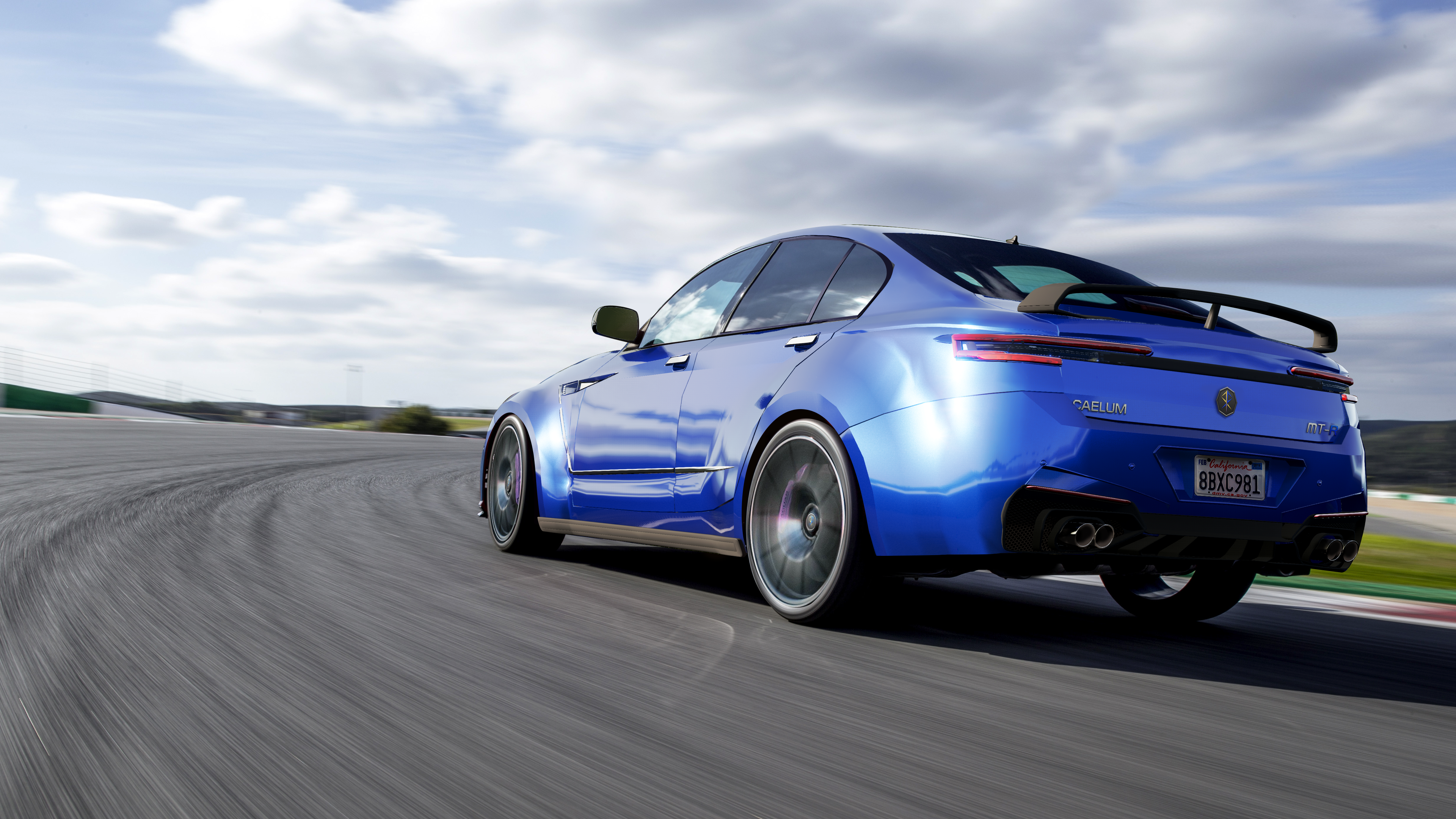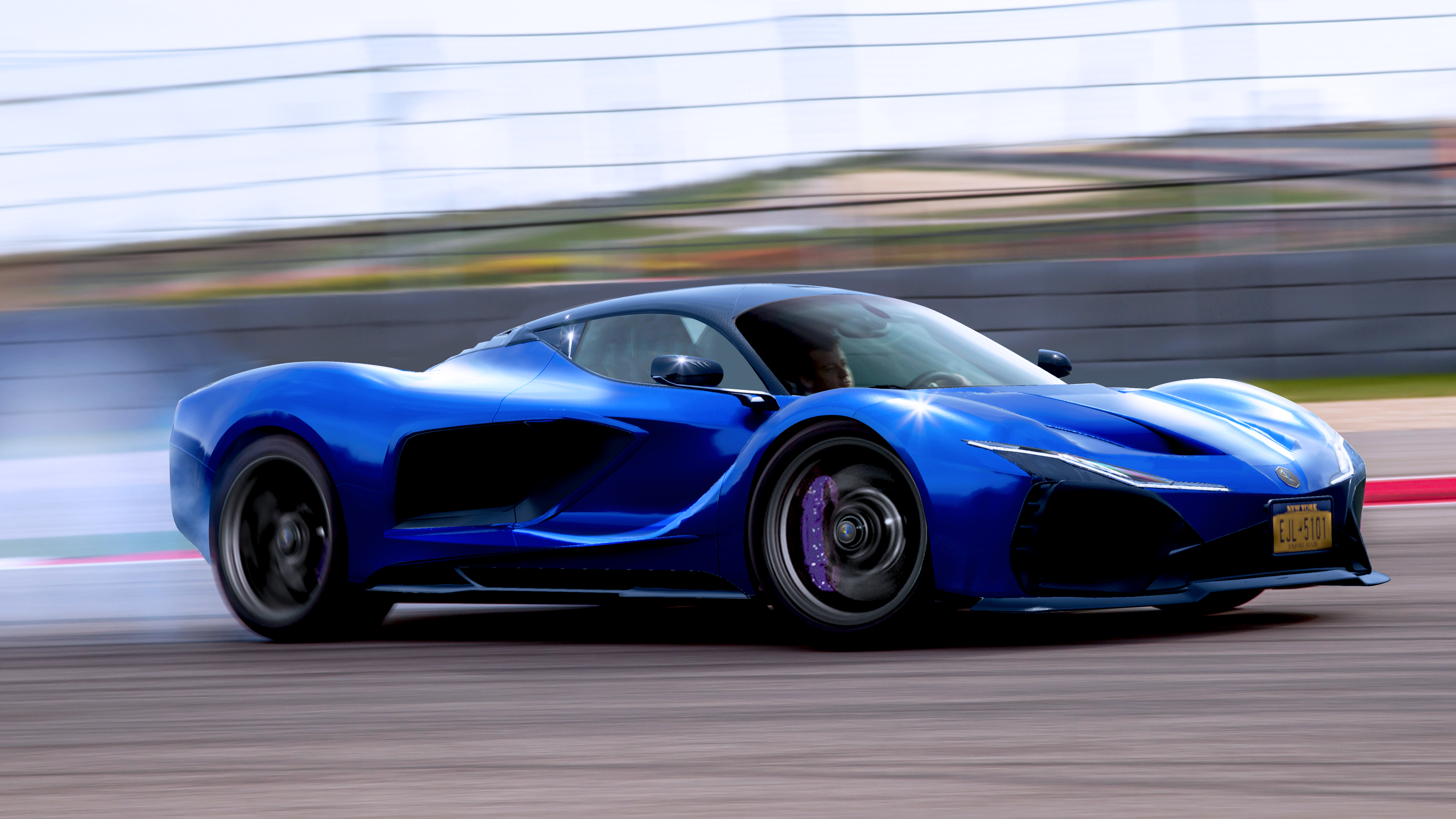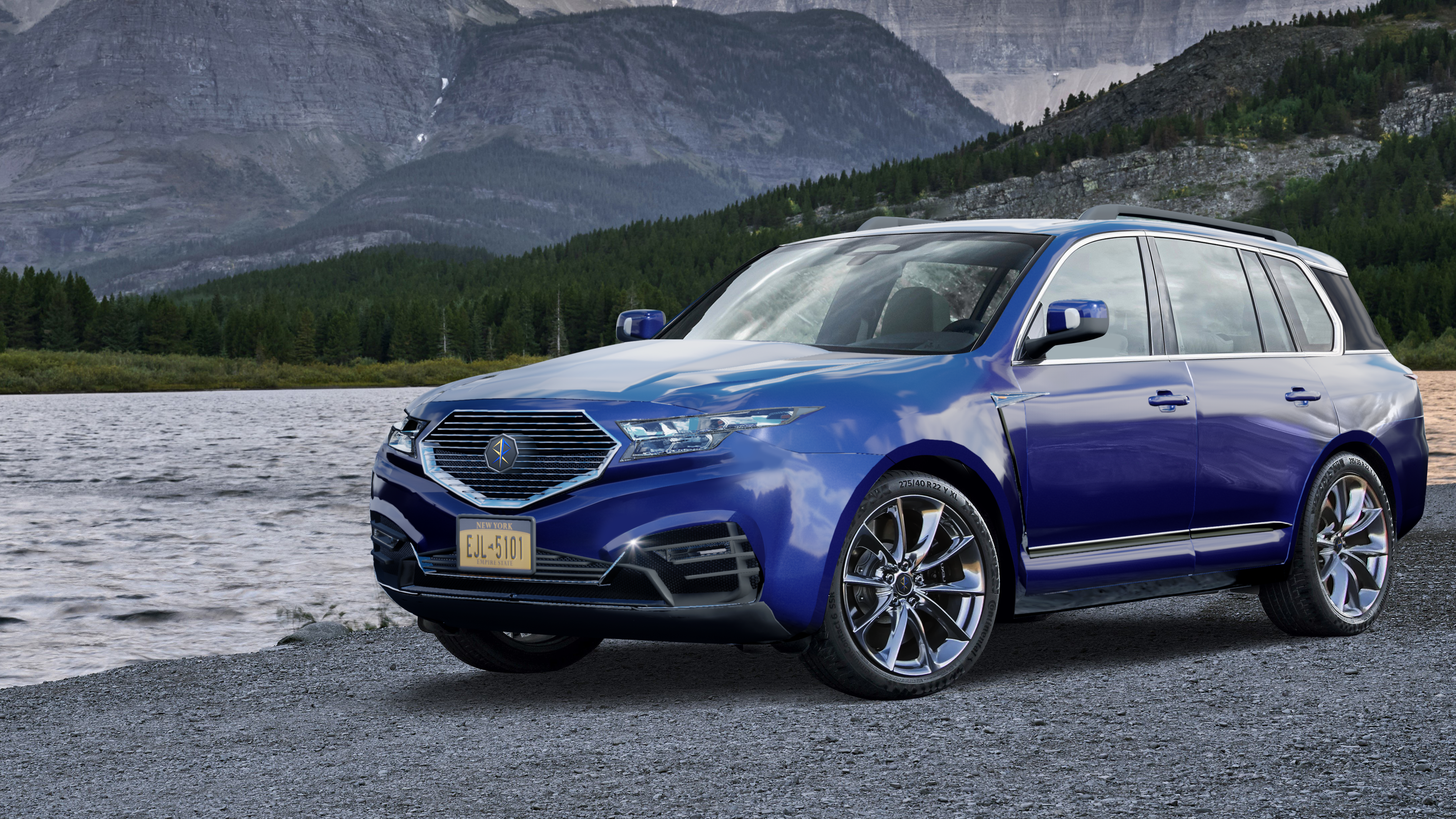
Born in Queens to Italian immigrants, Martin Rigore (ri-gor-ay) had picked up an interest in mechanics from a young age. In 1950 at the age of 22, Martin had founded Rigore Engineering and by the 1952 Corso di Fruinia had produced multiple flat 4 and flat 6 engines for racing. Many of the internationally lauded races of the era soon had public perception turned against them due to the rise in accidents. After the 1955 Le Mans disaster, clientele for performance engines dwindled, leading Rigore to change course. With the help of ex-LMC engineers, Martin Rigore began development of the first Rigore vehicle; the Angeles. With the final prototype shown at the 1963 Detroit Auto Show, the Angeles was a sleek 4-door sports saloon which amassed a cult following. With a sporty European-style suspension setup and elegant style, it swiftly solidified Rigore in the sports automobile market with over 4000 units sold in the first year and almost double the second year. It was praised for its precision handling, balanced flat-6 engine, but most of all putting an American twist on the typical European sports saloon. It was also a successful racing machine - the Angeles had won the Group 2 Open class at the 1970 Nürburgring 24h, cementing Rigore’s reputation as a performance company. The 244 cubic inch DOHC flat 6 would be used in the 1967 Rigore Mjölnir supercar - Rigore’s second model.
In the wake of the 1973 oil crisis, Rigore’s third-generation Angeles was designed with fuel-efficient engine options and greater comfort in mind. Sales remained steady, and Rigore would be able to release the larger Lexington in 1976, satisfying America’s desire for a larger model. As of 1980, Rigore was in the top 5 largest American car companies, and one of the few surviving American luxury car companies in Europe and Asia.
Rigore made numerous technological advancements in the 1980’s, earning a reputation for turning invention into driving enjoyment. Motorsport innovation made their way into new models each year. The 1982 Mjölnir and Angeles introduced turbocharging to the lineup and officially introduced the “RME” nameplate to the scene, mating street cars and racing pedigree.
The Rigore brand soon found further upmarket growth, with the ultra-luxury full-size Valhalla sedan unveiled at the 1990 Geneva Motor Show. The Valhalla was equipped with a high-tech interior including a touch-screen “Graphics Control Center”, real wood grain, and premium leather trimming. The Apophis coupé replaced the Imperium in 1990, combining the luxurious style of the Valhalla with the sportiness expected with Rigore’s heritage. The Angeles persisted as Rigore’s best selling model, accumulating over 150,000 global units in the year 1993. The new 1996 Angeles was named Motor Trend 's COTY, and Rigore remained a consistent winner at Car and Driver’s 10 Best list.
SUVs began gracing the Rigore lineup in the 2000s. The Taranis 3-row SUV proved that off-road prowess, excellent practicality, and refined driving dynamics could co-exist in one vehicle. In 2007, the first Seneca sports crossover graced showroom floors. In 2014, the Cayuga compact SUV hit the roads and became an immediate best-seller. 2016 marked the re-introduction of the Mjölnir nameplate after a 7 year hiatus, marking a true return to form of performance engineering. Rigore and Shromet entered the American Electic Vehicle Agreement (AEVA) in 2017 to fund and engineer all-new electric car platforms, initiating a new clean future for the companies. The Vulnair is the first Rigore to come out of the agreement, released in late 2019. 2022 saw the release of the Montauk sports-electric SUV. Today, all of our cars keep the soul made by the “Angel”, instilled with a natural poise and precision that found only in Rigore automobiles. Perfection in performance is promised with every Rigore.




































